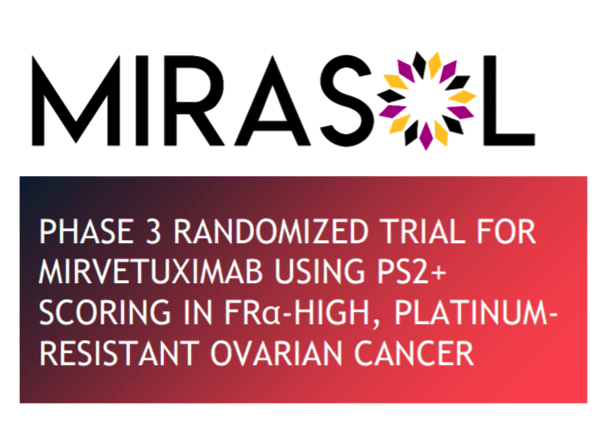Ocular Events with Mirvetuximab Show No Impact on QoL in Ovarian Cancer
One of the more exciting developments in ovarian cancer treatment has been the FDA approval of an antibody drug combination called Elahere in the treatment of platinum resistant ovarian cancer. This group of patients are especially difficult to treat with a poor disease-free survival of around 4 months. Results from the MIRASOL trial suggest an increase to 6 months.
Elahere is a targeted treatment for women with ovarian cancer which demonstrate Folate Receptor 𝛂 expression (about 80%). One of the important adverse effects is loss of visual acuity. This is seen in 50% of patients, it develops within 4 to 5 weeks of commencing treatment. The cause is inflammatory change due to local action of the drug and subsequent chronic formation of microcysts in the cornea, usually this adverse effect is reversible.
This prospective study of the Quality of Life for women participants in the MIRASOL trial showed no deterioration for those women who experienced eye complications. The suggestion is that the use of Elahere extends life and does not decrease the enjoyment, meaning the benefit is greater than the risk.




